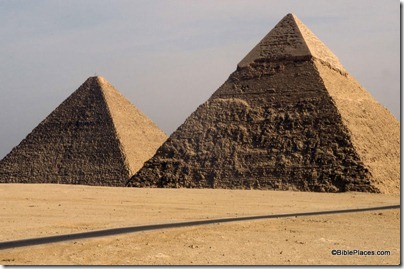The conference began yesterday and runs through tomorrow. From the Omaha World-Herald:
The University of Nebraska at Omaha is hosting the 13th annual Batchelder Conference for Biblical Archaeology on Thursday through Saturday at the Thompson Alumni Center.
James Charlesworth, professor of New Testament Language and Literature at Princeton Theological Seminary, will deliver the key address Thursday at 7:30 p.m. Charlesworth will describe how researchers continue to uncover mysteries in the Dead Sea Scrolls.
Since 1990, UNO has led a group of institutions in uncovering and studying artifacts at the ancient city of Bethsaida on the northeast shore of the Sea of Galilee. It is one of the most frequently mentioned towns in the New Testament. At least three apostles were born there, and it is purported to be the site where Jesus performed several miracles.
Rami Arav, the archaeologist who discovered the site and directs the excavation each summer at the 20-acre site, will speak Friday night at 7:30. Arav teaches in the Department of Philosophy and Religion and the Department of History at UNO.
The addresses by Charlesworth and Arav, as well as 9 a.m. to 5 p.m. sessions Friday and Saturday, are open to the public. A $5 donation is suggested at the door.
Did Arav discover the site of et-Tell, or should this read that Arav is the most vocal proponent of its identification with Bethsaida? The NEAEH article, written by Arav, says that “Bethsaida was first identified with et-Tell…by…U. J. Seetzen…and again in 1838 by E. Robinson” (5:1611). The imprecise wording must originate with the newspaper and not the University.
The full schedule of the conference is available as a Word document.
